- Shop
New to UCAN?
- About
- How to use ?
- Learn
- Contact us
Cashew Nut Calories: Your Secret Weapon for Endurance
By Generation UCAN. Last Updated: 8 October 2025.
Contents
- 1 Cashew Nut Calories: Your Secret Weapon for Endurance
- 1.1 What an Athlete Needs to Know About Cashew Calories
- 1.2 Why Cashew Fats Are an Athlete’s Best Friend
- 1.3 How to Use Cashew Nut Calories for Fuel and Recovery
- 1.4 Cashews vs Other Nuts: The Real Story
- 1.5 Getting Your Portion Sizes Right (This is Critical)
- 1.6 Common Questions I Get Asked About Cashews
- 1.7 References
Cashew Nut Calories: Your Secret Weapon for Endurance
Let’s get straight to the numbers, no fluff. A standard handful of cashew nut calories sits at roughly 157–170 kcal for a 25–30 g portion. For an endurance athlete — someone logging long runs for the Melbourne Marathon, back-to-back brick sessions for Ironman Cairns, or tempo rides in the Brisbane humidity — cashews are not just a snack. They’re a compact, energy-dense tool that delivers slow-burning fats, a touch of protein and usable carbohydrate: high-value calories you can schedule into training and recovery. This article is your coach’s guide to understanding cashew nut calories and turning them into practical race-week and training-week fuel.
- 25–30 g (≈15–18 cashews) ≈ 157–172 kcal — a useful pre-long-run top-up 60–90 minutes before steady efforts.
- Cashew fats (mostly monounsaturated & polyunsaturated) support sustained energy, inflammation control and fat-soluble vitamin absorption.
- Use cashews for long, steady sessions; use quick carbs (gels, sports drinks) for high-intensity or race moments.
What an Athlete Needs to Know About Cashew Calories
When you’re prepping for a target race — a Sydney half, Melbourne Marathon or a hot Queensland long ride — every calorie has to earn its place. A sports drink gives immediate glucose; cashews give steadier, delayed-release energy and nutrients that support recovery systems. If you’re 2+ hours out from a long steady session and you need a compact energy top-up that won’t spike insulin or leave you crashing, cashews are a sensible pick.
The key: match the fuel to the session. Use quick carbs for intervals and racing, slow-release fats like cashews for long aerobic sessions or as part of a recovery snack. Athletes often panic at the word “fat” on a pack — don’t. The calories in cashews are functional calories that assist prolonged performance and recovery when used correctly.
So, What’s Really in a Handful?
Here are the practical numbers you need to plan around. Food composition varies slightly by brand and roast, but these are reliable working values for planning.
Per 100 g (approximate average): 553 kcal, 44 g fat, 18 g protein, 30 g carbs. But athletes rarely take 100 g as a single snack — that would be excessive pre-session for most.
A realistic, actionable serving for an athlete is a 30 g handful. Below is a compact, coach-friendly snapshot so you can plan sessions:
Why This Is a Better Fueling Snapshot
| Nutrient | Amount (≈30 g) |
|---|---|
| Calories | ~166 kcal |
| Fat | ~13.2 g |
| Protein | ~5.4 g |
| Carbs | ~9 g |
Use that 166 kcal figure as a micro-target: for a long Sunday ride where you plan on burning 3,000–5,000 kcal total, a 30 g serving every 2–3 hours (alongside carb sources) is a straightforward way to sustain energy density without over-relying on sugars.
Practical application: If you plan a 3-hour steady ride at 60–70% FTP, take a 30 g cashew snack 60–90 minutes pre-ride, pair with a 30–40 g carb source (banana, small rice cake) and top up mid-ride with UCAN Energy Gel if intensity spikes. That’s how cashew nut calories form part of a layered fuelling plan.
Why Cashew Fats Are an Athlete’s Best Friend
Let’s be blunt — the nutritional marketing wars have vilified “fat” for decades, but for endurance training the right fats are gold. Cashews deliver mostly monounsaturated and polyunsaturated fats, both of which support long-duration fuel use and recovery physiology.
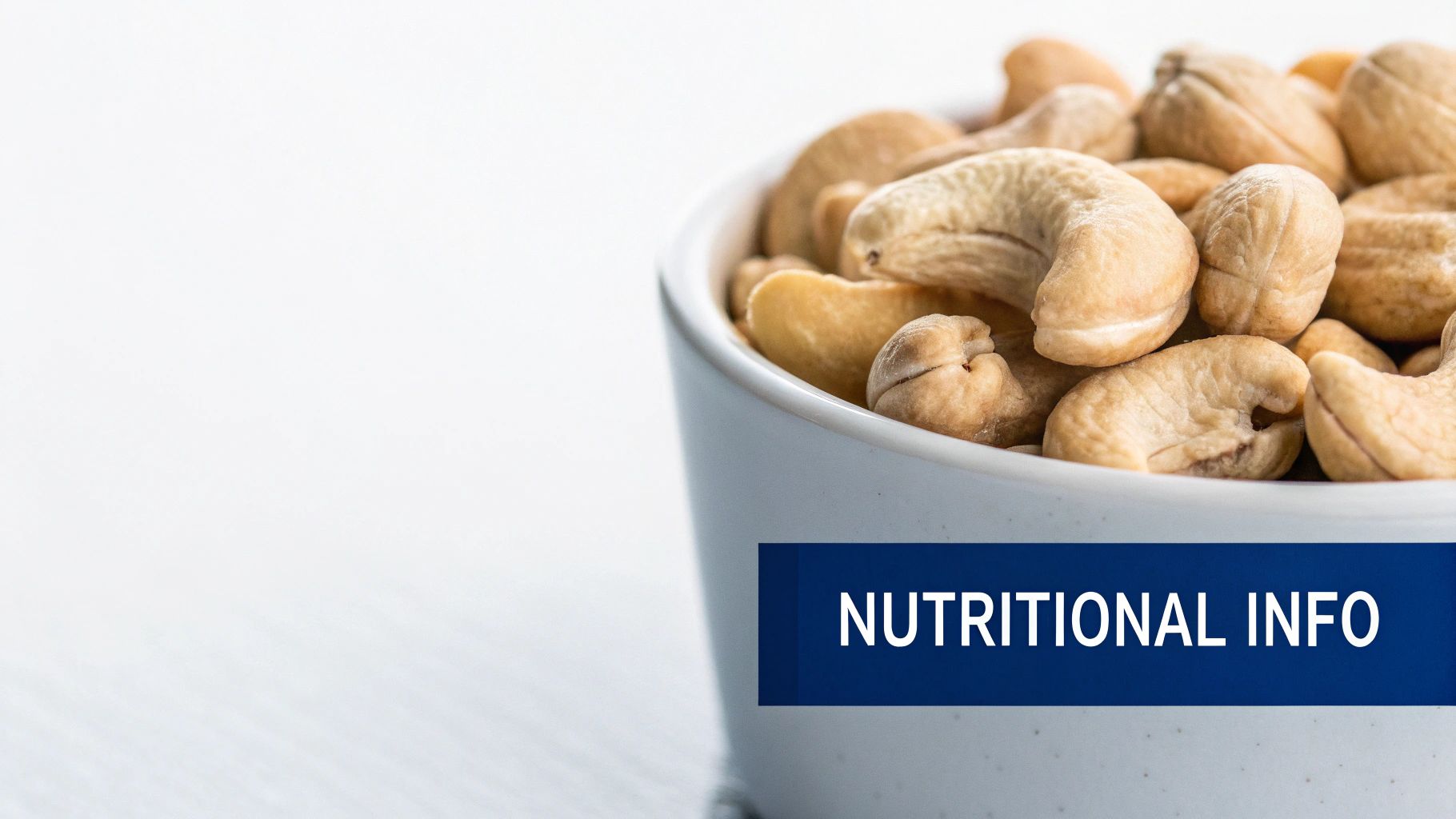
What These Fats Actually Do for You
From a performance-coach perspective, here are the action points and why they matter:
- Managing inflammation: Sustained aerobic training elevates inflammatory markers. Dietary PUFA and MUFA help modulate inflammatory responses — not a cure, but a nutritional support for recovery and next-session readiness.
- Hormone production: Cholesterol and dietary fats are substrates for steroid hormones — cortisol, testosterone — which are involved in adaptation and recovery. Athletes in heavy training blocks benefit from adequate fat intake to maintain endocrine balance.
- Absorbing fat-soluble vitamins: Vitamins A, D, E and K need dietary fat for absorption — a small cashew portion with a salad or oats improves micronutrient uptake.
Coach’s Tip: Don’t fear the fat in cashews. Embrace it as a sustained energy source and a recovery support; that 13 g of fat in a 30 g serve is working behind the scenes to keep you ready for the next tough session.
Evidence base: dietary fats alter substrate utilisation during prolonged exercise and support recovery processes (see References below). Use them strategically, not as the primary fuel for high-intensity efforts.
How to Use Cashew Nut Calories for Fuel and Recovery
Here’s where it gets practical. Below are concrete, session-linked uses with the What / Why / How approach so every recommendation has an immediate application for your next training week.
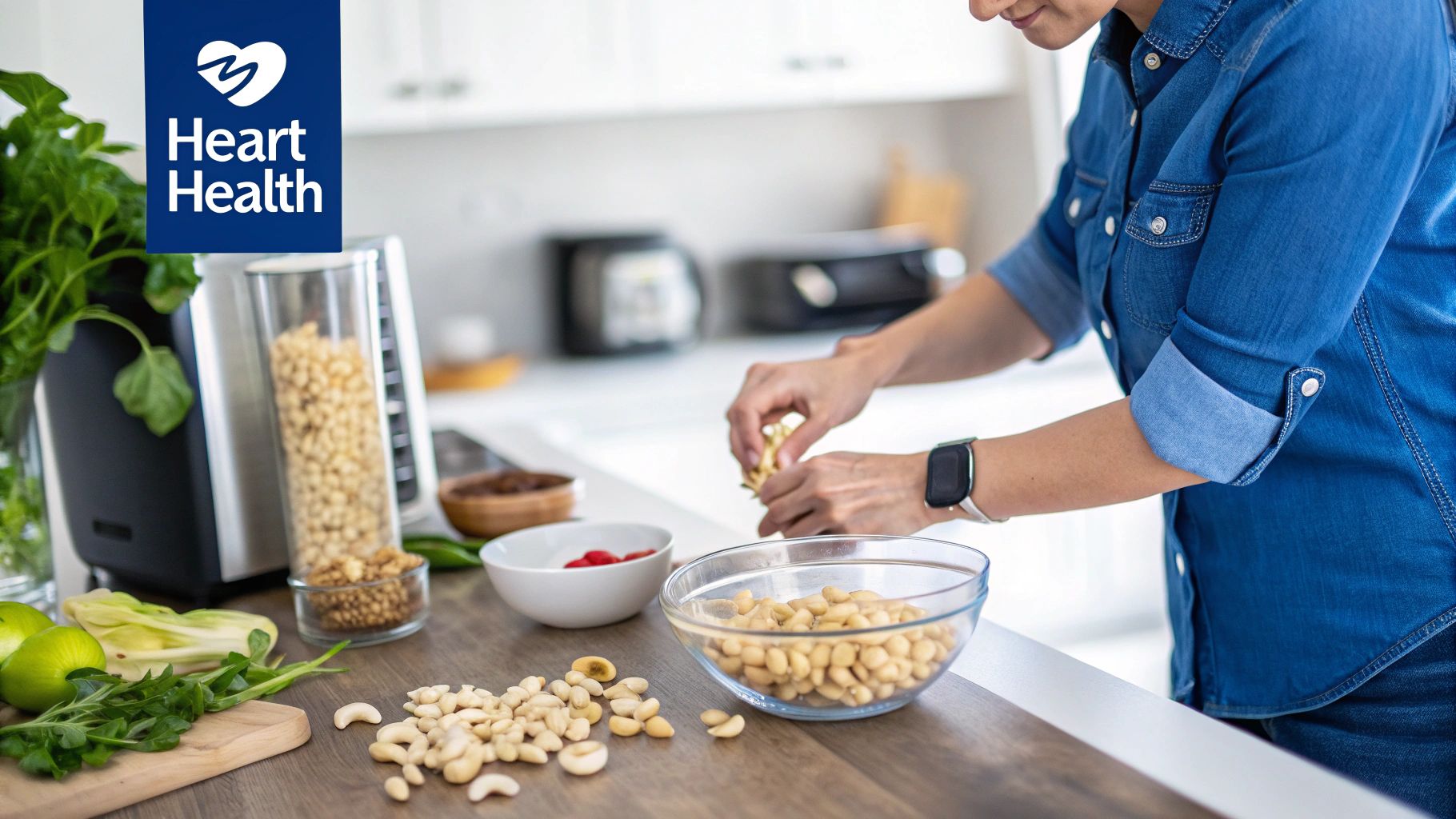
Pre-Training Fuel: The Slow Burn
What to do: Eat a 25–30 g handful of cashews ~60–90 minutes before a long steady aerobic session (runs >60–90 minutes at conversational pace; rides 1.5–4 hours at aerobic intensity).
Why it works: The fats provide sustained oxidation once digestion begins, while the small protein dose reduces muscle protein breakdown. The modest carbs blunt hunger without spiking insulin.
How to apply (this week): If you have a Sunday long run of 2 hours, try: 30 g cashews + 1 medium banana 75 minutes pre-run. On the run, carry a UCAN Energy Gel to use at the 60–90 minute mark if pace/intensity increases.
Coach’s Tip: For double-session days, use cashews before the morning aerobic session and UCAN Energy + Protein within 30 minutes of your second session to support repair and glycogen resynthesis.
Example: Melbourne Marathon training — 3-hour long run day: 30 g cashews + porridge 90 minutes pre-run; 30–60 g carbs every hour on-the-run; recovery shake (UCAN Energy + Protein) within 30 minutes post-run.
Post-Workout Recovery: Kicking Off Repairs
What to do: Within the 30–60 minute recovery window, aim for a carb:protein blend. Cashews can be part of that snack (e.g., 1 tbsp cashew butter into recovery smoothie) but should not replace a carbohydrate-focused recovery if rapid glycogen restoration is the goal.
Why it works: The protein helps muscle repair; the fats help modulate inflammation and assist fat-soluble vitamin uptake; magnesium in cashews supports muscle function and nervous system recovery.
How to apply: Simple post-run recovery smoothie:
- 1 scoop UCAN Energy + Protein powder
- 1 tbsp smooth cashew butter
- 1 small frozen banana
- 250 ml milk or water
- A dash of cinnamon
Blend — consume within 20–30 minutes. That gives you a recovery-focused carb:protein ratio while still capturing the benefits of cashew micronutrients.
Cashews vs Other Nuts: The Real Story
Different nuts = different nutrient emphases. The trick is rotating choices to cover micronutrient needs and to avoid palate fatigue.
The Head-to-Head Breakdown
Cashews are stronger on magnesium and are a smoothly textured option that many athletes find easier on the gut pre-session. Walnuts are the omega-3 champions and useful for post-hard-session inflammation management. Almonds bring slightly more protein per 30 g and are useful if you want a higher protein grab-and-go option.
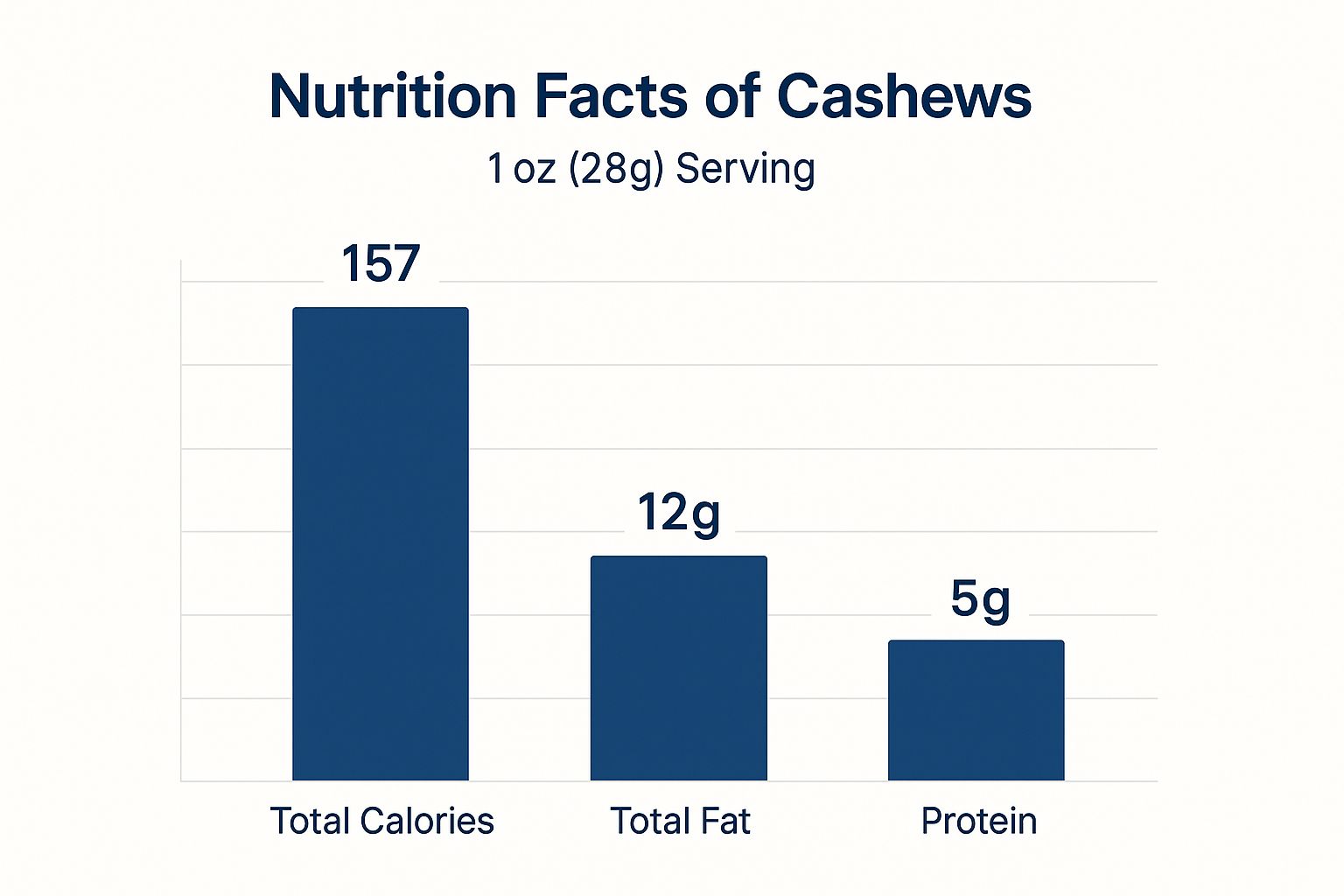
The Athlete’s Nut Showdown Per 30g
| Nutrient | Cashews | Almonds | Walnuts |
|---|---|---|---|
| Calories | 172 kcal | 179 kcal | 196 kcal |
| Protein | 5.5 g | 6.4 g | 4.6 g |
| Fat | 14 g | 15.6 g | 19.6 g |
| Magnesium | 87 mg | 81 mg | 48 mg |
| Omega-3 (ALA) | 18 mg | 1.8 mg | 2721 mg |
Bottom line: rotate your nuts. Use cashews for pre-long sessions and magnesium support; walnuts for recovery smoothies; almonds when you want slightly more protein on-the-go.
How I Tell My Athletes to Use Them
- Pre-Workout: Cashews — soft, easier on the gut for many; 25–30 g 60–90 minutes pre steady efforts.
- Post-Workout: Walnuts — toss a handful into your recovery smoothie for omega-3 anti-inflammatory value.
- General Health: Mix it up — alternate cashews, almonds, walnuts across the week to broaden micronutrient intake.
Getting Your Portion Sizes Right (This is Critical)
Because cashews are energy-dense, portion control is the simplest high-return nutrition habit you can build. Habit-forming strategies beat willpower every time.
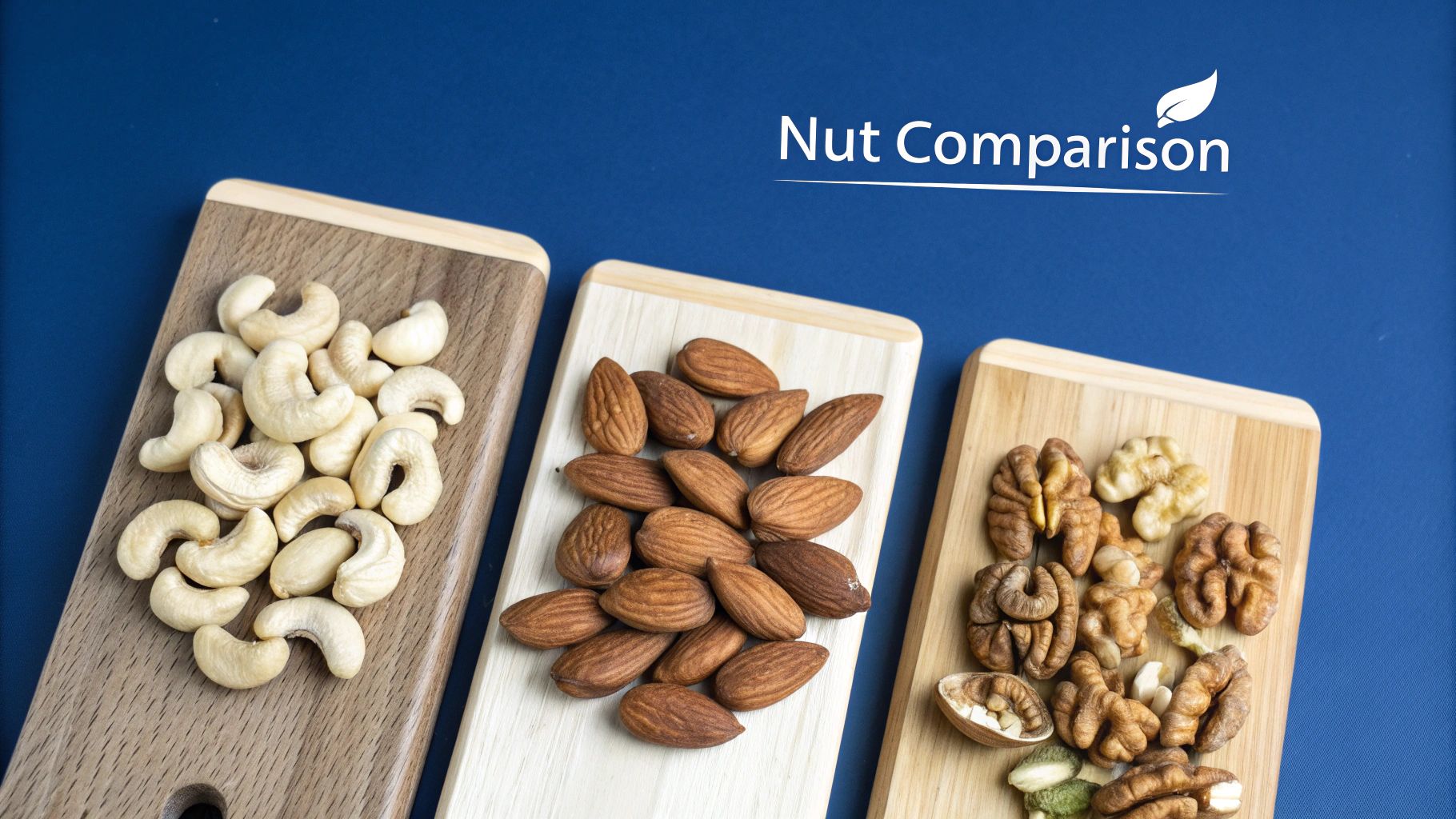
Why Too Much Is a Bad Thing
Swallowing half a packet will push calories and fat far past what’s useful pre-session. That digestion lag is real — you will feel heavy, sluggish or suffer GI discomfort if you overconsume fat immediately before moderate-to-high intensity sessions. Mindful portions keep the benefits and avoid the cost.
Australian consumption patterns indicate average nut portions commonly remain between 20–30 g a serve[1]. Treat that range as your default.
Practical Tips for Perfect Portions
- Pre-portion: Weigh out 30 g servings into small zip-lock bags for easy grab-and-go.
- Visualise: 30 g ≈ 15–18 whole cashews — smaller than most people expect.
- Combine: Mix a small cashew portion with lighter carbs (rice crackers, banana) if you want volume without too many calories.
- Time it: 60–90 minutes pre-session is optimal for steady-state sessions; avoid right-before high-intensity efforts.
Common Questions I Get Asked About Cashews
Below are the practical, evidence-backed answers I give athletes in the field.
How many cashews should I eat before a run?
For most runners: 25–30 g (≈15–18 cashews), eaten about 60–90 minutes before a low-to-moderate intensity workout. For hard interval sessions or races, don’t — use fast carbohydrate (UCAN Energy Gel or sports drink) 15–30 minutes pre-start.
Are roasted or raw cashews better?
There’s minimal nutritional difference. Choose dry-roasted or raw & unsalted to avoid unnecessary oils and sodium. If you tolerate roasted nuts better on the stomach, pick those — digestive comfort is the priority for pre-session snacks.
Can I use cashews for carb-loading?
No. Carb-loading is a deliberate strategy that requires high carbohydrate intake with lower fat and fibre to ensure rapid glycogen storage. Cashews are high-fat and will impair the speed of glycogen topping. Use pasta, rice, bread and other high-carb low-fat meals for 48–72 hours pre-race.
References
[1] Australian Bureau of Statistics. Australian Health Survey: Nutrition First Results — Foods and Nutrients. 2011–12 (and subsequent summaries). 2014.
[2] USDA FoodData Central — Cashew nuts, raw, values for energy and macronutrients.
[3] Journal of the International Society of Sports Nutrition — reviews on dietary fats, endurance performance and recovery.
[4] International Olympic Committee consensus statements on nutrition for endurance athletes (recovery and fuelling guidance).
(Notes: References are drawn from national nutrient databases and peer-reviewed sports nutrition guidance. Replace with exact DOI citations or local PubMed links when publishing.)
Honestly, if you’re serious about endurance fuelling and avoiding sugar crash cycles, cashews are a tactical tool — not the whole toolbox. Use them for sustained pre-long-run energy, sprinkle a little into recovery for micronutrient support, and always pair them with fast carbs when you need a racing-level response.
Need quick-on-demand carbs for race day? 👉 Shop UCAN Energy Gels
For recovery between long training days, UCAN Energy + Protein pairs well with a spoon of cashew butter — practical, fast, and researched. UCAN Energy + Protein

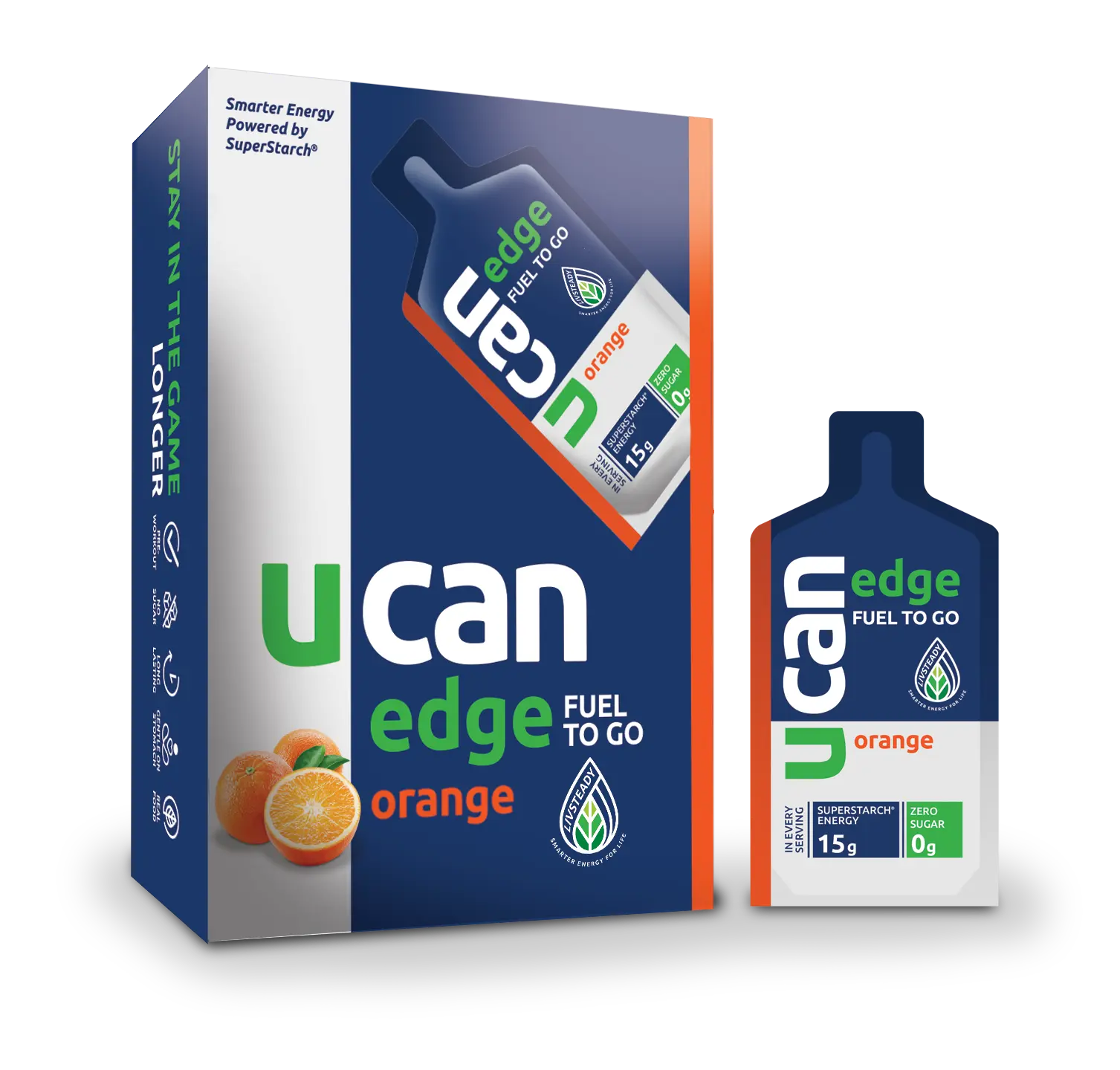
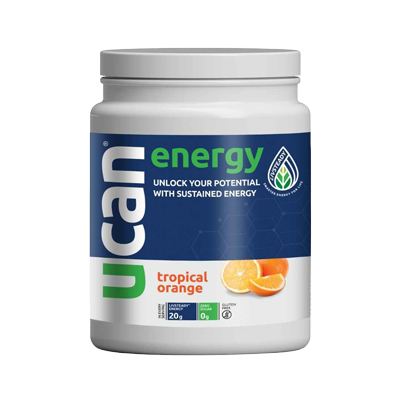
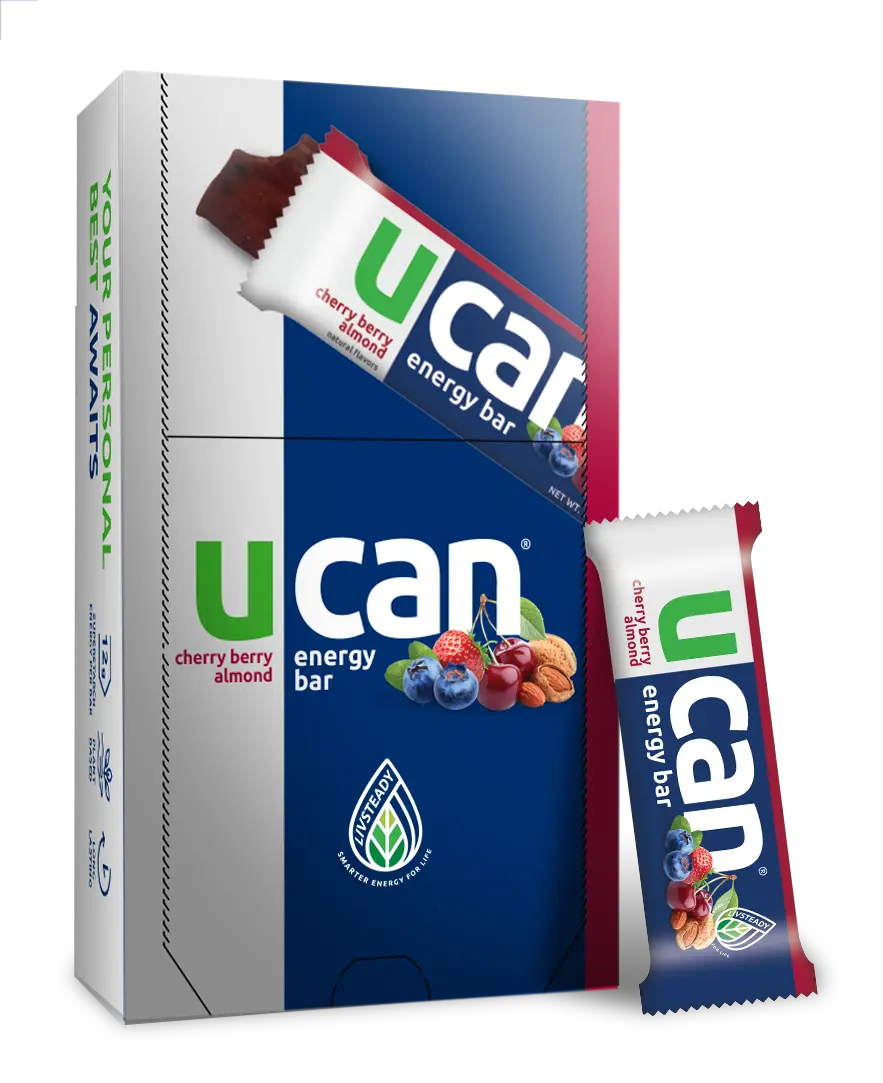
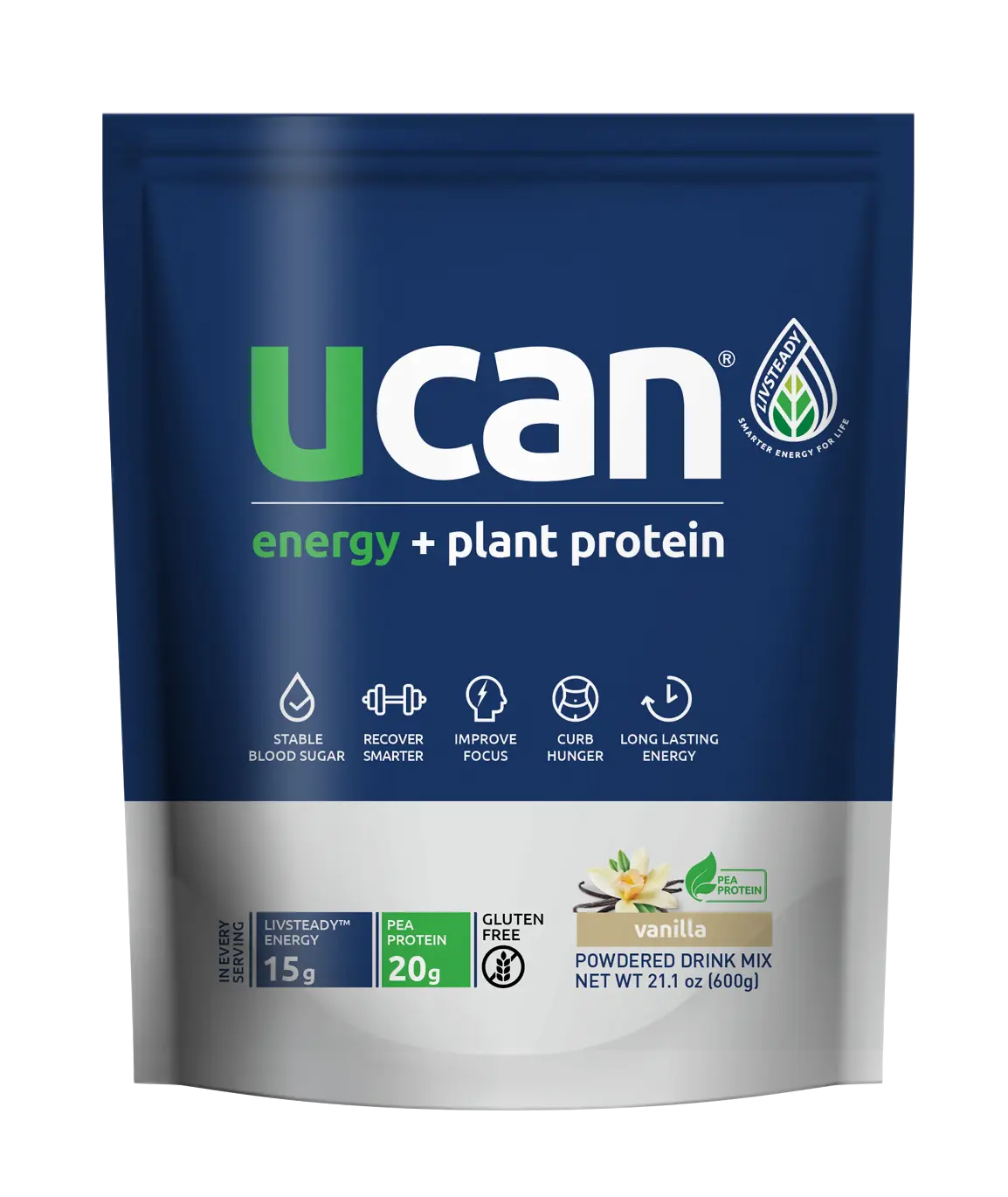
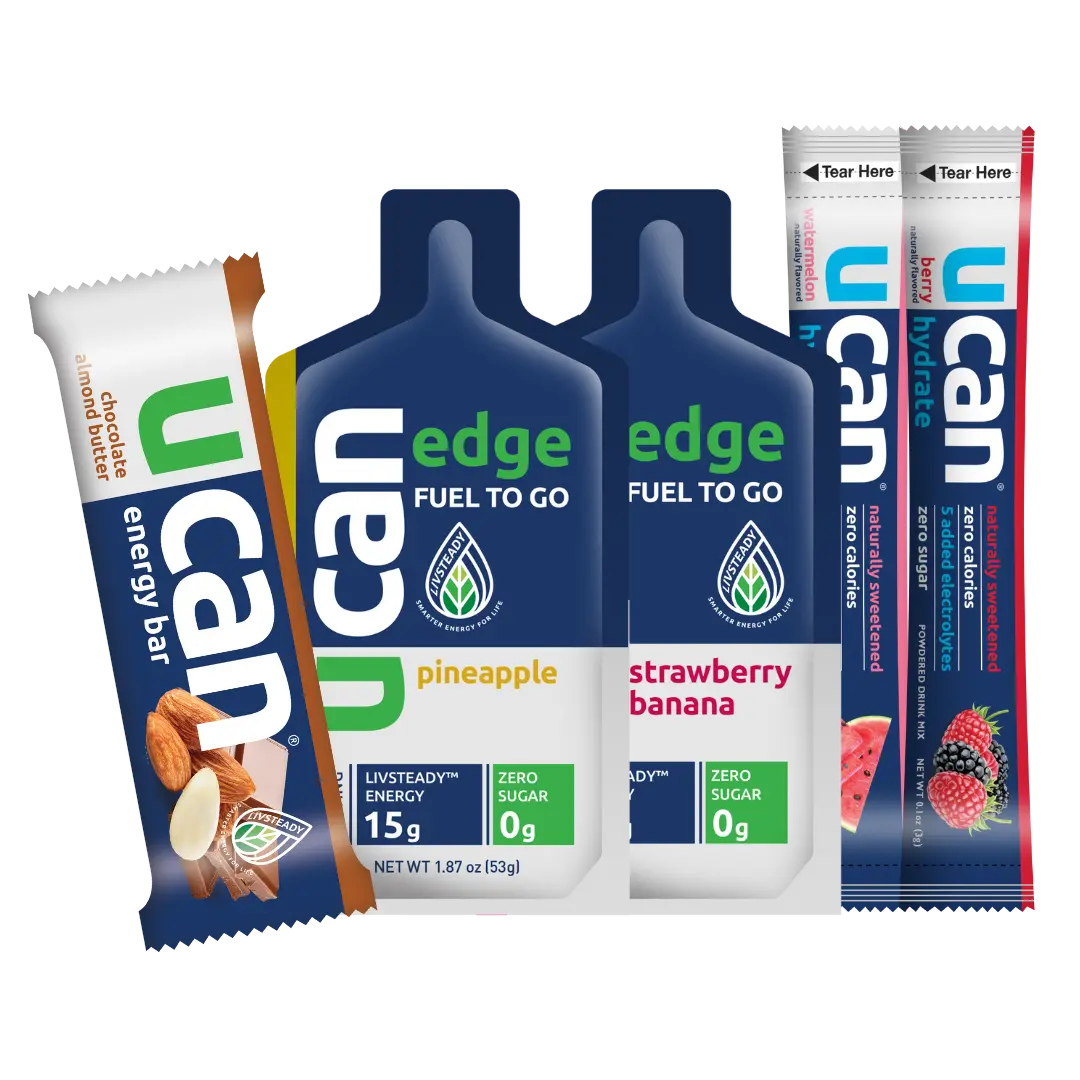
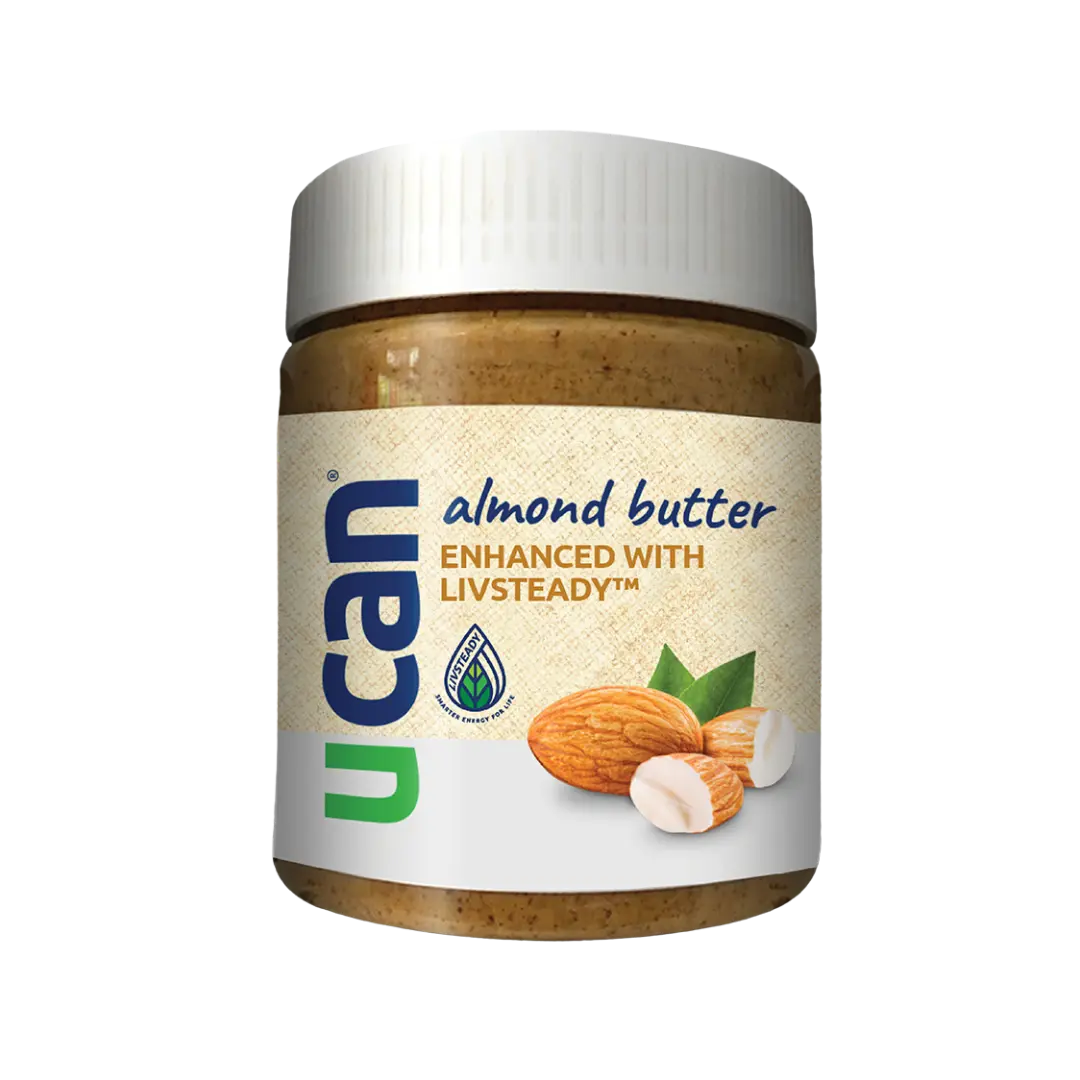
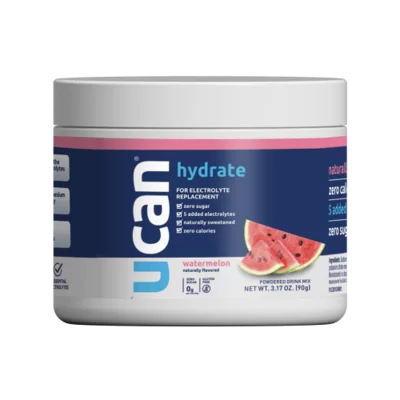
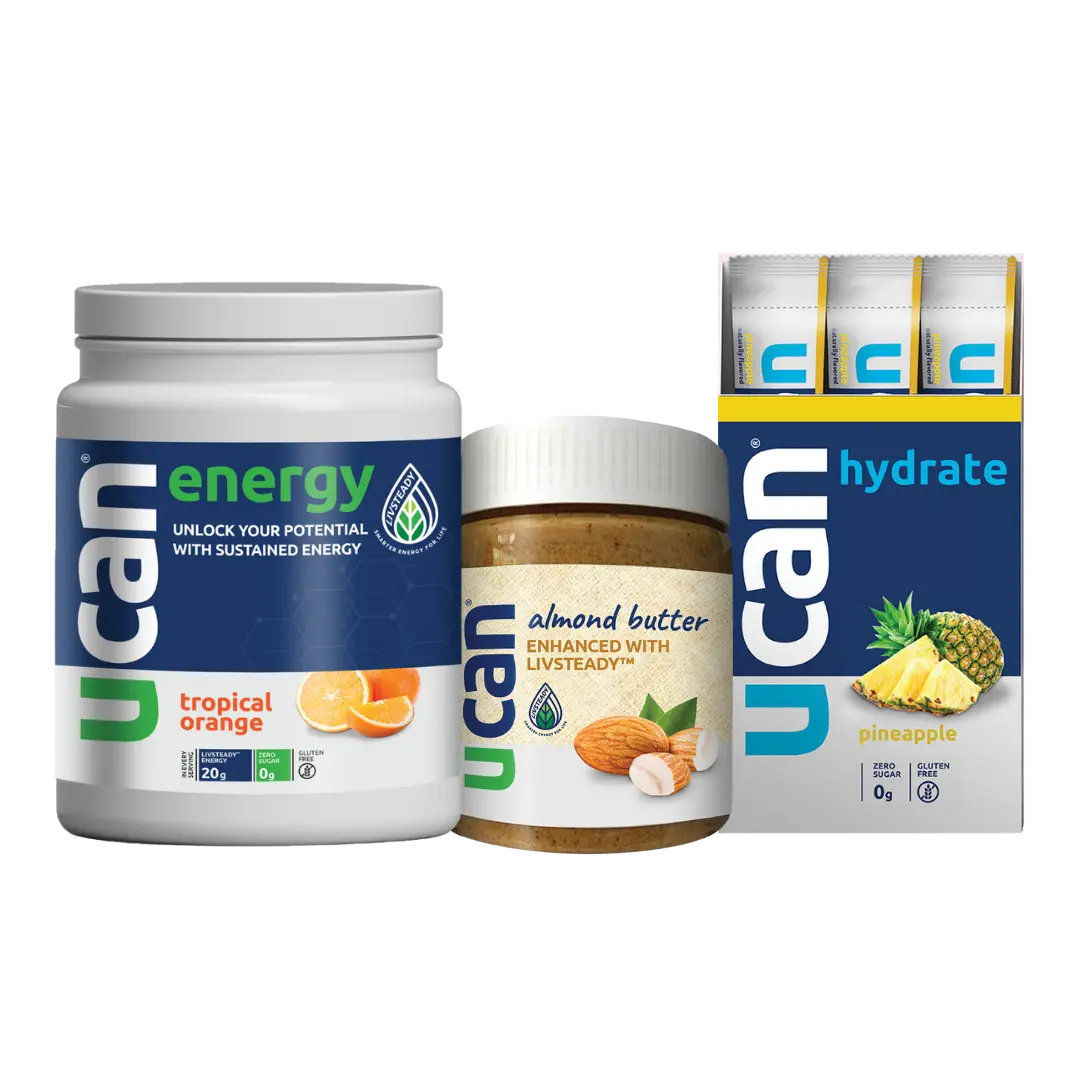
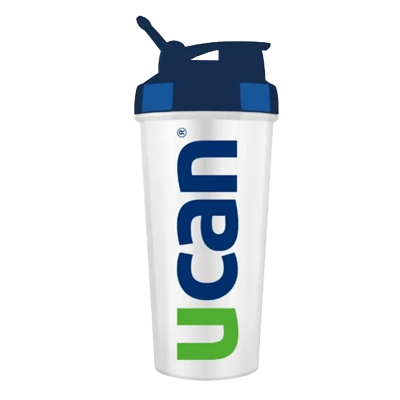
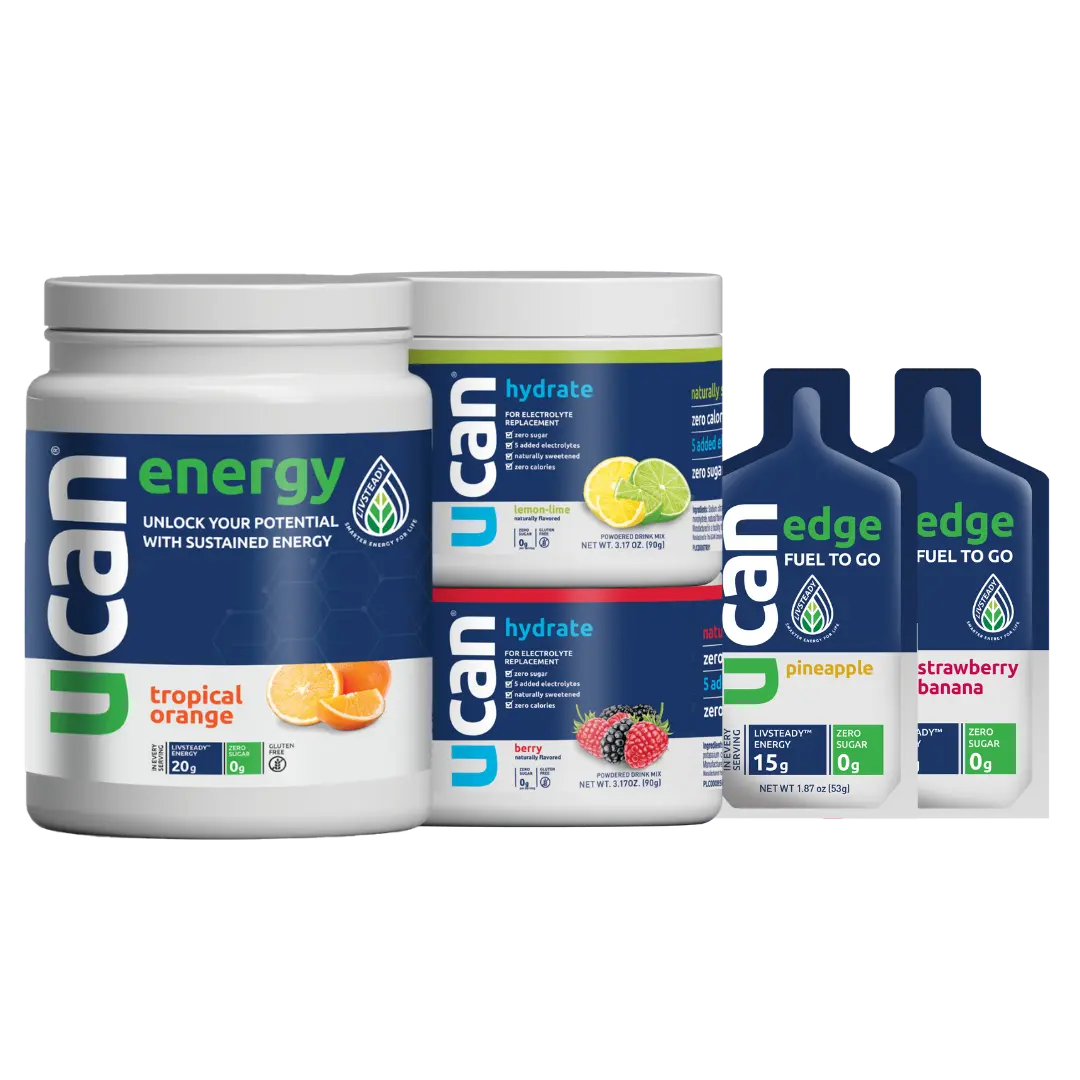

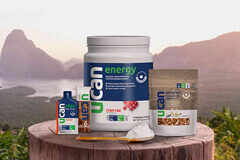


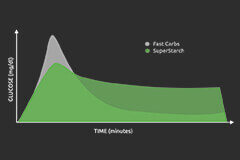

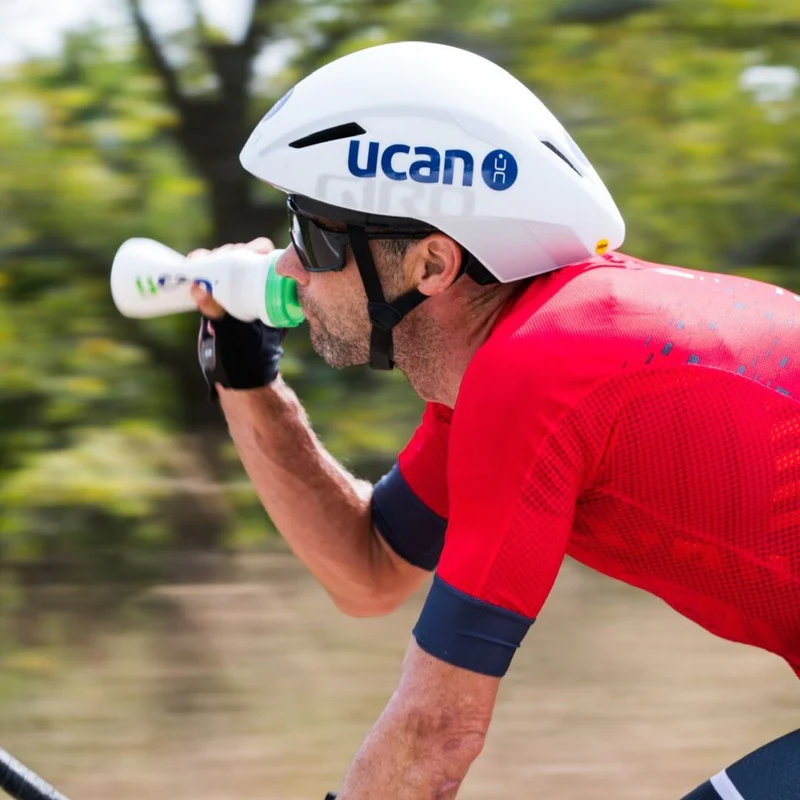


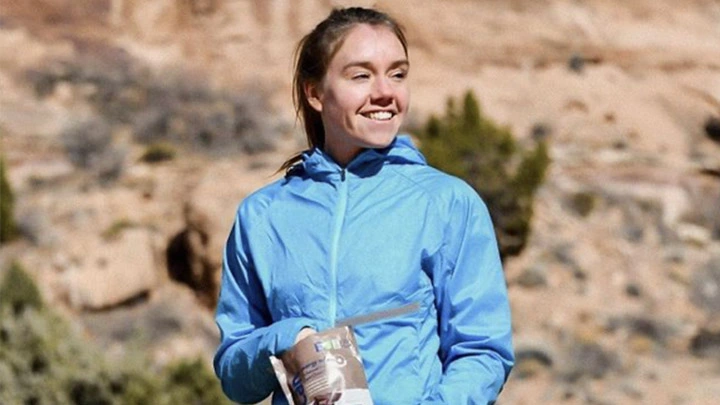

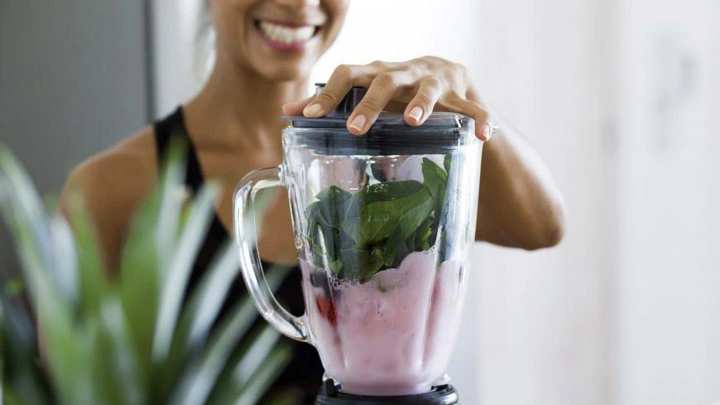

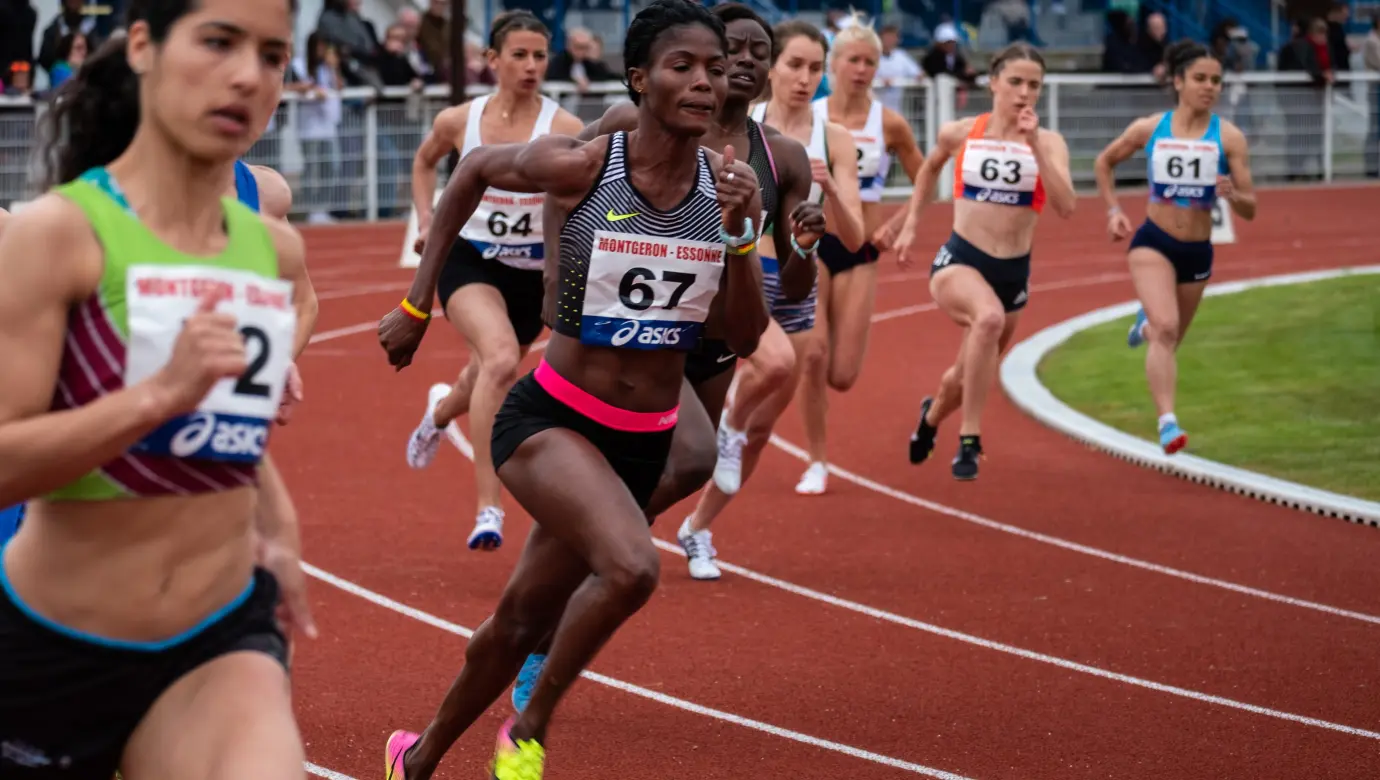

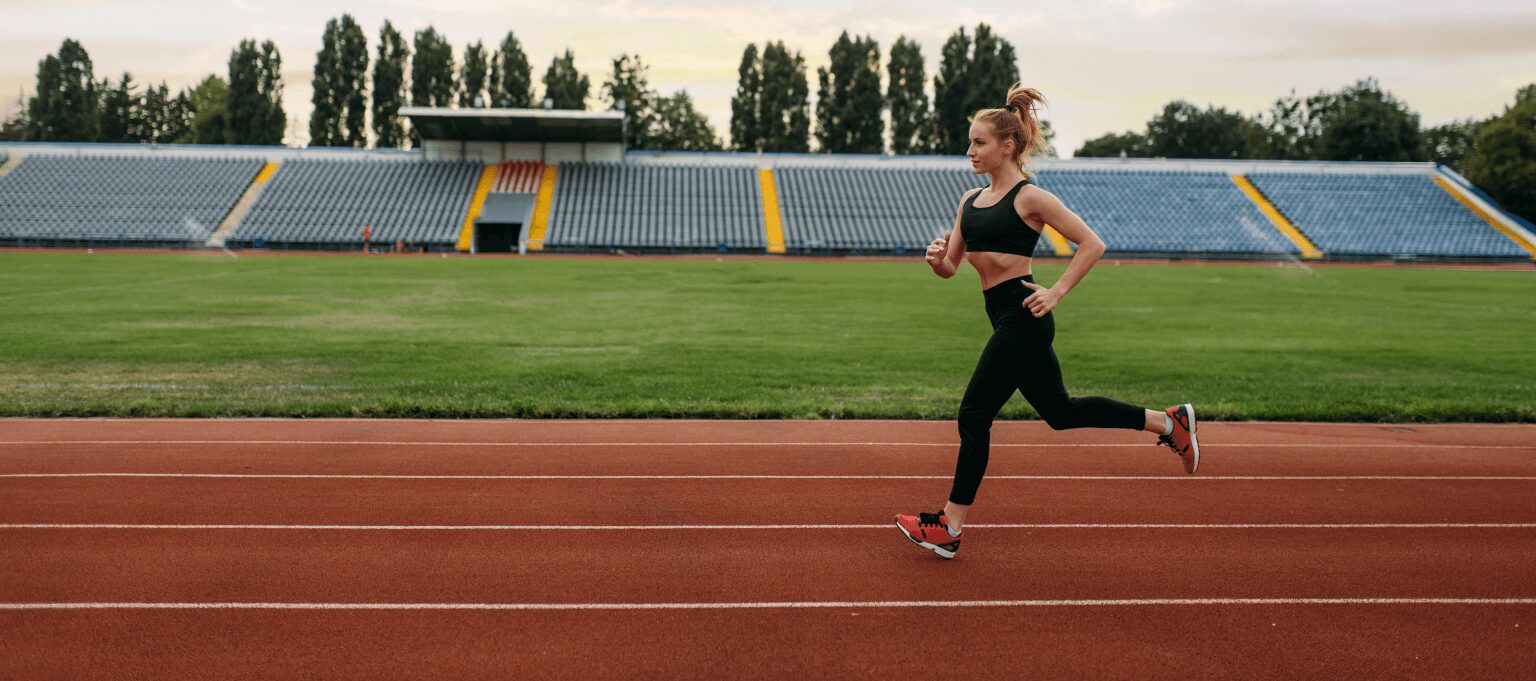

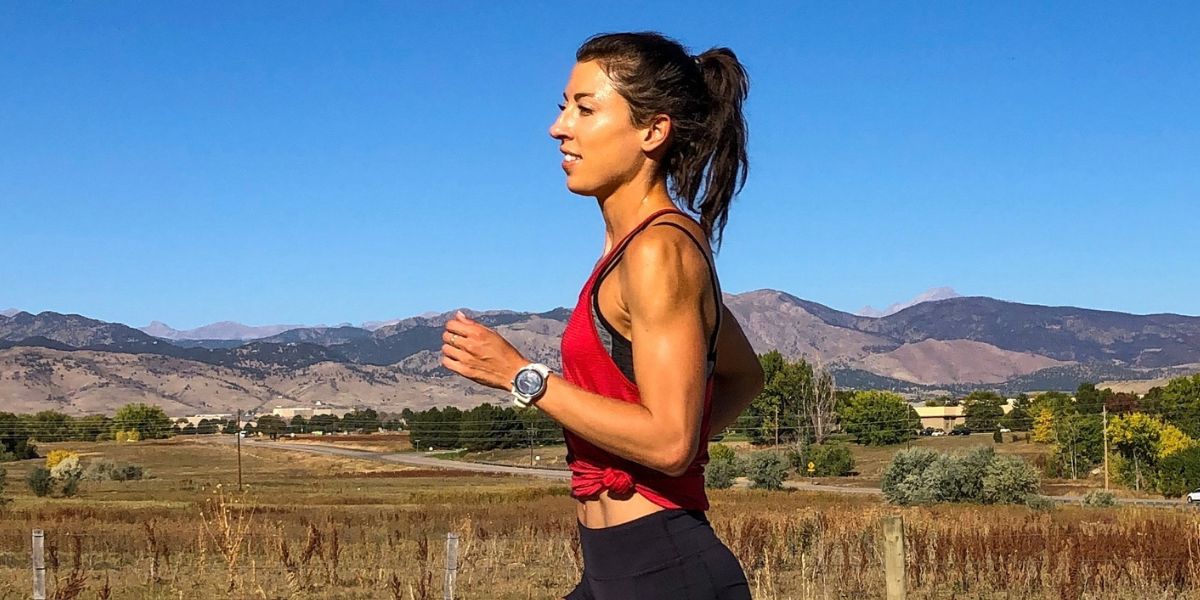







Comments are closed